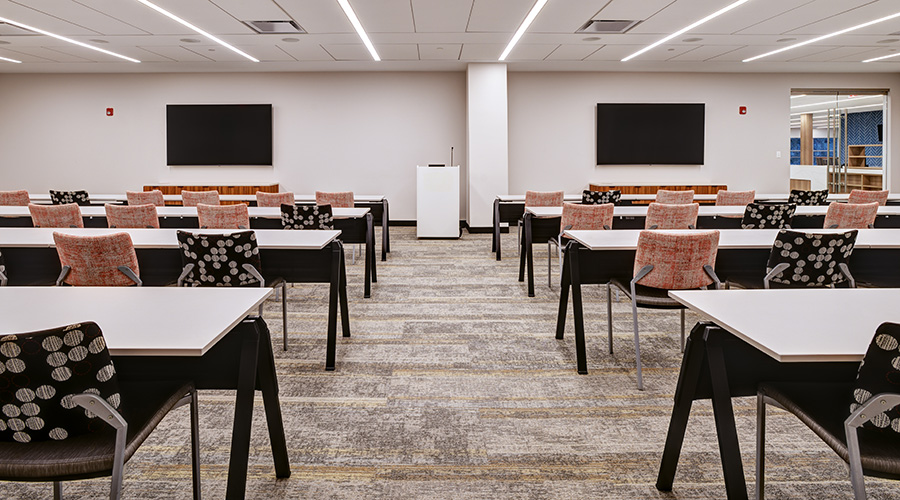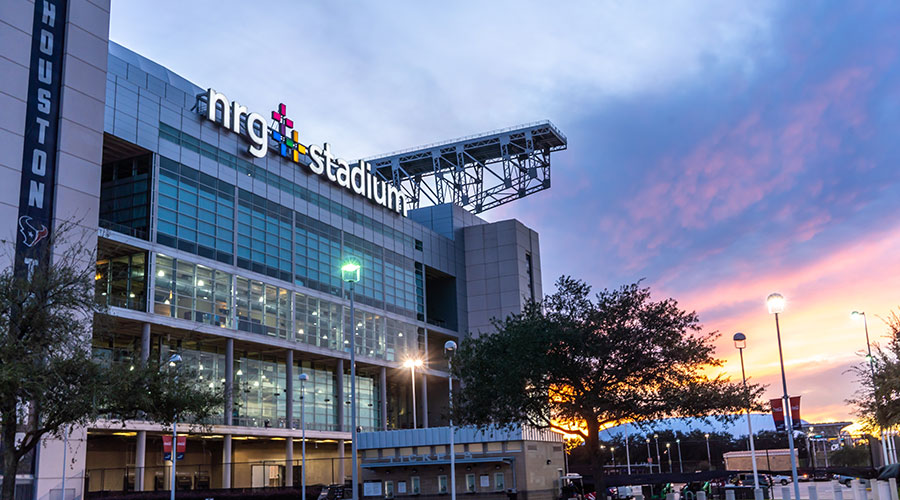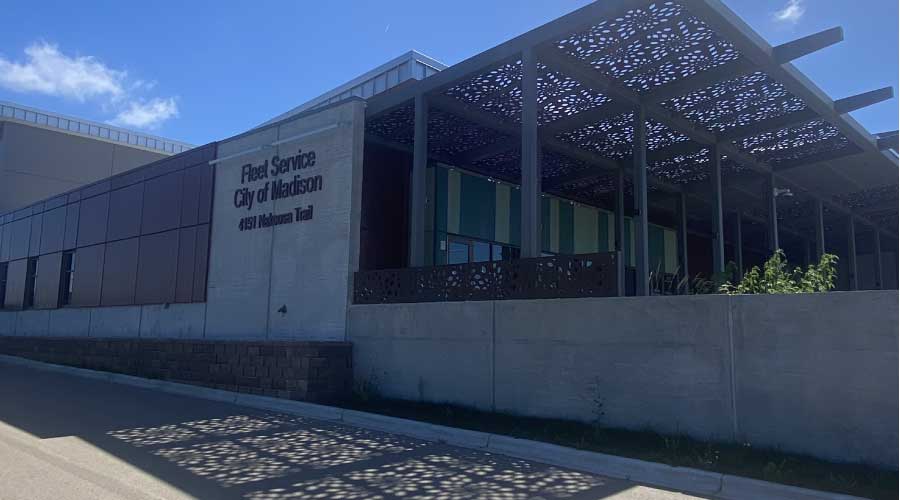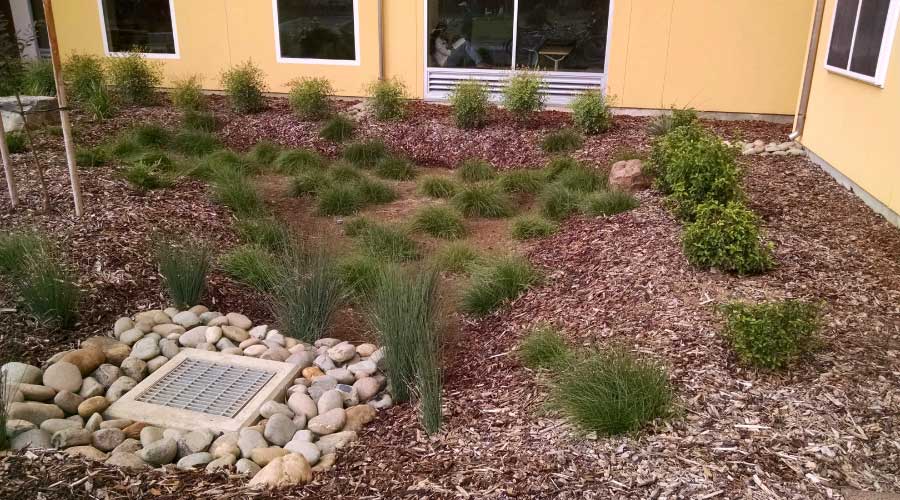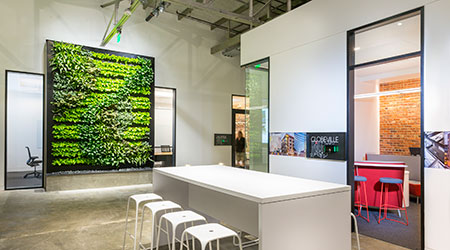 Suite 100 at The Bindery on Blake in Denver, Colo. — the new office space for Davis Partnership Architects — is certified Gold with LEED v4 Interior Design and Construction. The 23,000-square-foot space is one of the largest to be certified under the newest version of the rating system.Paul Brokering ©2016
Suite 100 at The Bindery on Blake in Denver, Colo. — the new office space for Davis Partnership Architects — is certified Gold with LEED v4 Interior Design and Construction. The 23,000-square-foot space is one of the largest to be certified under the newest version of the rating system.Paul Brokering ©2016Arc and LEED: Benchmarking Green Performance
Arc is a new platform from USGBC that allows users to gather green performance data about their buildings, display it, and benchmark against other similar buildings.
LEED ID&C projects are not the only answer. Facility managers, even those working in the 99 percent of non-LEED certified buildings, all have one thing in common, which is ensuring that their building is performing at its highest level. This makes benchmarking building data as critical as ever. USGBC has recently released a new way to measure green performance — Arc. Arc is a “state of the art platform designed to help you collect, manage and benchmark your data so you can improve sustainability performance.”
Arc serves as a benchmarking tool, requiring straightforward data inputs to 5 simple categories: energy, water, waste, human experience, and transportation. The bulk of this data is readily available to facility managers through Energy Star Portfolio Manager or access to building meters, resulting in real time LEED data at their fingertips. Arc acts as a complement to LEED and other green building systems, allowing “buildings and spaces to connect to the built environment in a new way by comparing performance metrics and connecting them to green building strategies.”
Arc vs. LEED
What sets Arc apart from the LEED certification process is the statistics that it captures, creating measurable analytics and reports that bring a new opportunity to communicate to tenants and streamline the management of buildings. By incorporating Arc’s technology, this platform brings potential to organize the data that facility managers are already tracking and merge it with the LEED-related requirements, resulting in maximum building health and constant improvements.
The data tracked by Arc is measured by a performance score. This score can be used as a benchmarking tool, in and of itself, to maintain best practice and gauge future improvements, but it can also be directly translated to an official LEED certification if you so choose. (This certification pathway is ideal for LEED for Operations and Maintenance or older LEED for Existing Buildings spaces looking to recertify, as it allows a project to forgo costly prerequisites and many credits).
People in the United States spend approximately 90 percent of their time indoors, so enhancing the work environment of those commercial interior spaces results in healthier tenants and more productive employees, bringing a dramatic impact to the triple bottom line.
Katie Stanford LEED AP O+M, Fitwel Ambassador, is a project manager at Lorax Partnerships, LLC a green building consulting firm in Baltimore where she specializes in existing buildings. She can be reached at Katherine@loraxllc.com. Stuart Kaplow, Esq., is a sustainability and environmental attorney with focused experience on green building at Stuart D. Kaplow, P.A., in Baltimore. He can be reached at skaplow@stuartkaplow.com.
Email comments and questions to edward.sullivan@tradepress.com.
Related Topics:







